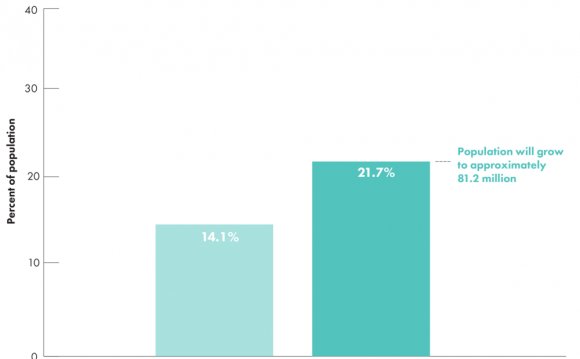|
Janice V. Bowie, PhD, MPH, Hee-Soon Juon, PhD, Juhee Cho, MA, Elisa M. Rodriguez, MS
Recommended citation for this article: Bowie JV, Juon H-S, Cho J, Rodriguez EM. Elements related to over weight and obesity among Mexican Us americans and Central Us citizens: results from 2001 Ca wellness Interview research. Prev Chronic Dis [serial online] 2007 Jan [date cited]. Available from:
jan/06_0036.htm.
PEER EVALUATED
Abstract
Introduction
Hispanics will be the quickest growing demographic group in america; but “Hispanic” is an extensive term that describes those who are from or whose forefathers are from numerous countries of source. This study examines, independently, the personal, social, and behavioral aspects related to overweight and obesity among Mexican American adults and among main US adults.
Practices
To calculate the prevalence of overweight and obesity among Mexican and Central Americans located in California, we carried out a cross-sectional analysis of information from 2001 Ca wellness Interview study utilizing SUDAAN pc software to account for the survey’s multistage sampling design.
Results
Of the 8304 Mexican Americans participating in the survey, 36.8% were overweight and 26.2% were obese. Of the 1019 Central Americans, 39.2% were overweight and 22.2% were obese. Among Mexican American men, age and marital status were associated with overweight and obesity; and education, acculturation, health insurance status, health status, and use of vitamins were associated with obesity only. Among Mexican American women, age, education, number of children, health status, and health behavior were associated with overweight and obesity. Among Central American men, age, education, and access to health care were associated with overweight, whereas marital status, acculturation, health care, and binge drinking were associated with obesity. Among Central American women, number of children was associated with overweight and obesity; and age and education were associated with obesity only.
Conclusions
Our findings of large prices of over weight and obesity among Mexican and Central Us americans in California suggest the need for numerous efficient weight-loss interventions concentrating on these populations, as well as the variations we found in the elements connected with obese and obesity may suggest the need for unique input approaches for different Hispanic subgroups.
Introduction
The prevalence of excess weight is increasing rapidly in the united states: near 65% for the U.S. person population had been recently estimated to-be over weight or overweight (1-2). Relating to data through the nationwide Health and Nutrition Examination research (NHANES), the combined prevalence of obese and obesity (body size index [BMI] ≥25kg/m2) increased by almost 40% between 1976–1980 and 1999–2000 (from 46per cent to 64.5%), in addition to prevalence of obesity (BMI ≥30kg/m2) increased by 110% (from 14.5% to 30.5per cent) (2).
Even though the prevalence of obesity has grown among Americans of ages, races, ethnicities, socioeconomic levels, and geographical places (3-4), one of several largest increases features occurred among Hispanics: from 12per cent in 1991 to 21per cent in 1998 (5). Part of this escalation in the prevalence of obesity among Hispanics could be owing to changes in dietary habits, which have been well-documented among Hispanics as a group, although couple of research reports have been reported specifically in the nutritional practices of U.S. Hispanics of Central United states ancestry...
|














